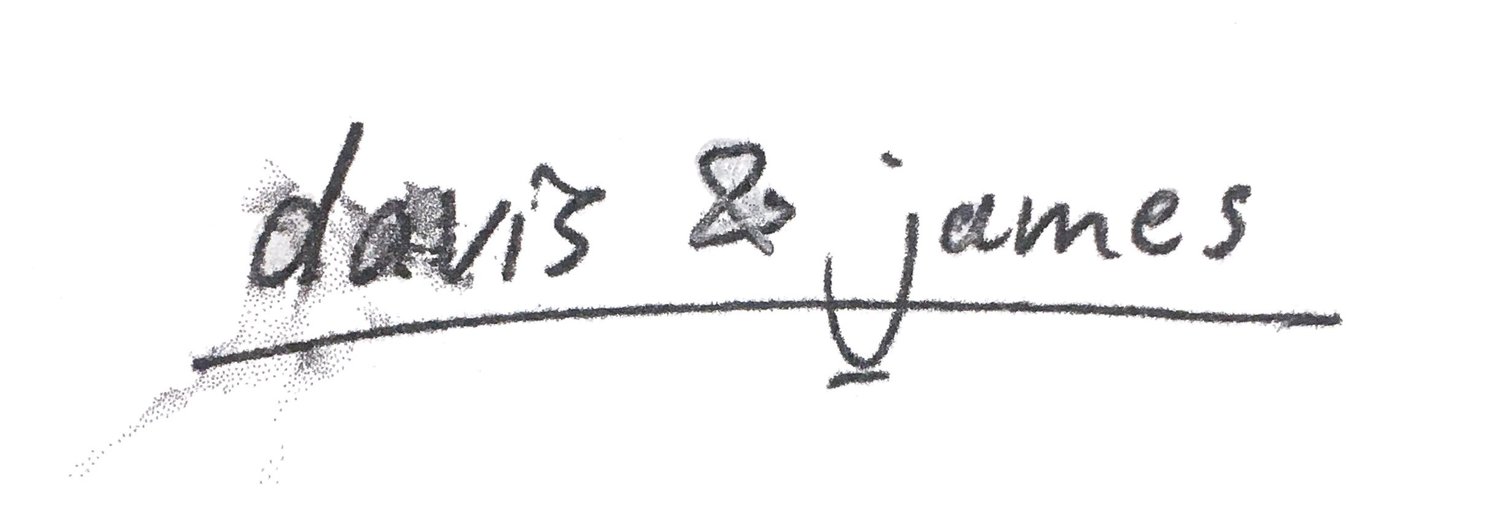liner notes for davis & james - live off the floor
Both of these songs are place-based. What isn’t? I like to keep the poetry open to interpretation and not say too much regarding meaning, but context can also be satisfying in getting closer to the songs. The main riff and first lines of passerby originated as a spring night in vancouver came to a close, and my senses were afloat in beautiful light reflecting off water and glass, accompanied by the sounds of people, birds, boats, cars, and planes all going about their business. I think I was reflecting on my place in the immediate neighbourhood of the universe around me. Sam said to me once that he heard it as a love song, and it made me happy that the words had left on their own journey of making meaning beyond myself. I love the way that the poetry of Sam’s violin arrangement also adds another layer of complexity to the lyrics.
Cat Power’s rendition of Sea of Love (originally written by Phil Phillips and George Khoury, and performed by Phil Phillips in his 1959 hit) was a big inspiration for me in writing the sea the sky my baby & i. I just loved the washy vibe of her version of the song, and it made me want to write my own love song with some coastal imagery. I proposed to my wife Emma on the shores of Ahous Bay, north of Tofino, BC, so I started with that as the opening story. The following verses explore other ways the ocean could weave into the continuing journey of life–a place to bring kids, niblings, or pets to build your relationship together as they start to encounter the world, and finally as an anchor to peace when age begins to decay the mind. Our relationship to nature is our relationship to each other, and ourselves, one and the same. I often picture Third Beach in Vancouver’s Stanley Park when I sing it.
With two songs so connected to place, it feels like a good opportunity to learn and share about the specific places that inspired the writing. No poetry exists in a vacuum. The west coast of Turtle Island has been stewarded since time immemorial, and continues to be stewarded, by many diverse Indigenous Nations. The Salish Sea connects many Coast Salish Nations, and we live specifically on the territories of the Squamish, Tsleil-Waututh, and Musqueam Nations. Ahous Bay, mentioned earlier, is located in the territory of the Nuu-chah-nulth Nations, specifically Ahousaht Nation. We recorded the songs in Qualicum territory, while staying at a cabin on Enoksasant (also known as Horne Lake). Check out this sweet map if you would like to learn more about Coast Salish territories.
It is important to take time to learn the traditional names of the places we live and visit, as it can be a great first step in starting to understand the context of the more sociopolitical spaces in which we dwell. Especially if in the privileged position of being an uninvited, and–despite everything–welcomed guest. This point is made clear in a great video featuring local Squamish language teacher Khelsilem, where he talks to the organizer of a running event on a walk along the seawall to learn about Slhxí7elsh (sounds like: Sla-EHL-sh), the very recognizable and culturally significant rock formation north of Third Beach. I highly recommend watching the video–it really demonstrates the power that learning a name can have, and the story has much to do with love and the sea! More Squamish place names and stories can be found at Squamish Altas.
Lastly, a few thank-yous: Andy Schichter for engineering and mixing these tracks (and many more to come), Justin at Barnhouse for being a great studio host and helping with setup, Matt Zimmerman for filming the live videos, Jeremy, Emma, and Brittney for being our in-studio audience and inspiration, and River and Luna–the best behaved studio dogs around!
Chris Davis
Luna and I on the seawall near Slhxí7elsh


